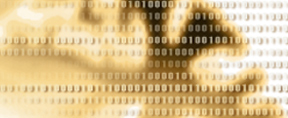Self-touches directed toward the face are performed between 400 and 800 times a day by every human being. This spontaneous and mostly unconscious behavior is one of the most frequent of human actions. Facial self-touches are a critical source of infections with bacteria or viruses since pathogens can be transmitted directly from the finger skin to orifices (mouth, nose). This behavior is not only ubiquitous, it is also very difficult to control over extended periods of time especially during cognitive and emotionally challenging situations. Own investigations (Grunwald et al., 2014) (Mueller et al., 2019) proved that immediately before and after spontaneous facial self-touches (sFST) electrical brain activity significantly changed. The dynamics of EEG changes support the assumption that sFST are involved with the regulation of both emotional and working memory processes. It could further be shown that sFST were more often directed towards the middle axis of the face than to the left or right side of the face. The planned study is set to investigate which neurobiological and memory effects occur while volitionally suppressing sFST under different straining conditions and if an active suppression is accompanied by an increase of untargeted limb and/or whole body movements. Additionally the study aims to examine if adverse neurobiological and memory effects occur when sFST are actively substituted with different compensatory actions (e.g. facial self-touch with an object). The study results are intended to generate new scientific knowledge about the phenomenon of sFST and to create feasible advice how to manage, control and/or substitute sFST in pandemic times.
Applicant:
Prof. Dr. Dipl. Psych. Martin Grunwald
Co-Applicant:
Dr. Dipl. Psych. Stephanie Margarete Müller
This work was funded by





